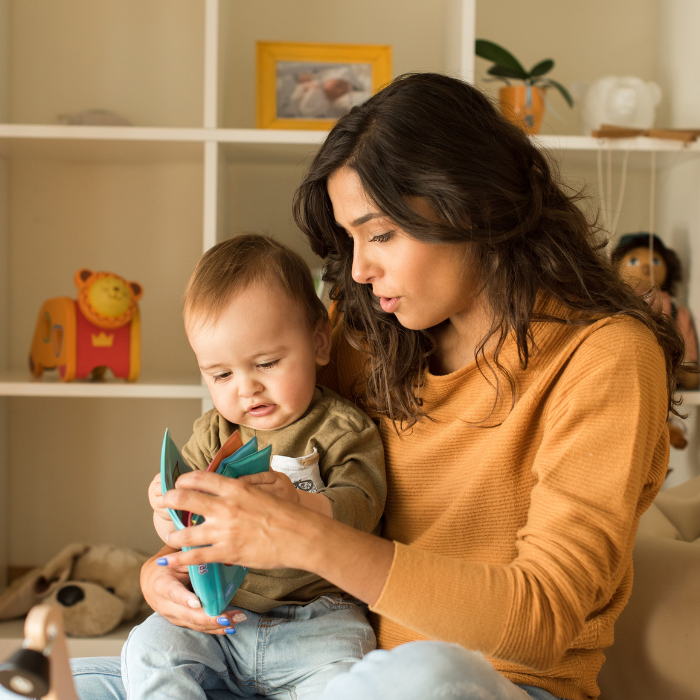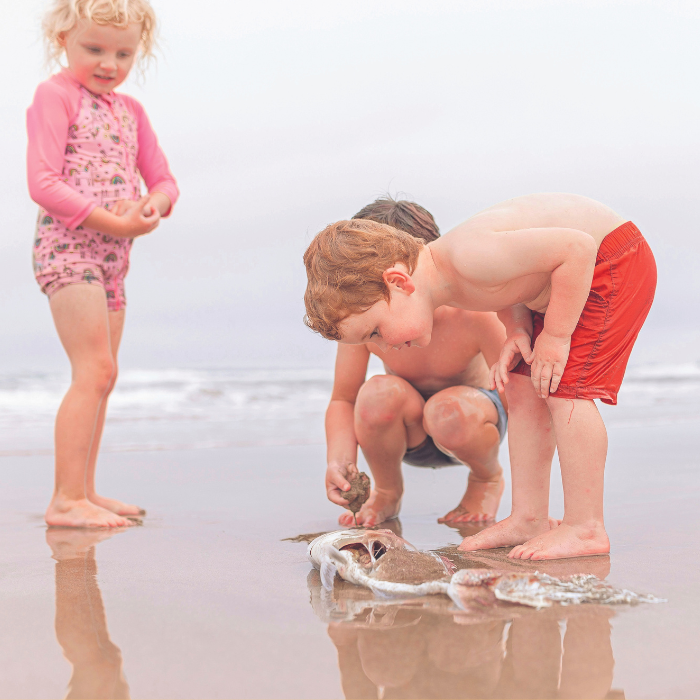
MORE THAN JUST ADDITION AND SUBTRACTION, THERE’S AN EDUCATION EXPECTATION THAT SCHOOLS IN AOTEAROA MUST ADHERE TO, IN ORDER TO READY OUR CHILDREN FOR THEIR FUTURE
If only we knew how good primary school was when we were there, right? For most of us, school is a distant memory – the nitty gritty of what we were producing in our books, anyway – so let’s take a little refresher course so we know what our own little learners will enjoy and experience when they enter the classroom.
The objective of school is to arm our offspring with the skills they’ll need for study, work, relationships and lifelong learning. In case you’ve been living under a rock, the world we live in is changing (seemingly at the speed of light) and the way Kiwis work, socialise and communicate has changed dramatically, and will continue to change as the years tick by. Jobs and careers that don’t even exist now could be what our children will be doing in years to come. How’s that for a mind-boggling thought?!
The National Curriculum for schooling refers to The New Zealand Curriculum and Te Marautanga o Aotearoa (see below). Each school throughout the motu must be aligned with the content of the Curriculum, although they have creative and academic flexibility to teach these competencies in line with their philosophy and facilities.
Schools must provide all students in year 1-10 with learning programmes in eight learning areas and enable students to develop key competencies. There is a big focus on reading, writing and maths in the primary years, because these are important foundation skills. From intermediate and beyond, some topics remain ‘core’ but students can also select personalised topics. The Curriculum is currently being refreshed to ensure every child experiences success and progress is celebrated.
THE NEW ZEALAND CURRICULUM
The New Zealand Curriculum is taught in all English-medium schools (where teaching is in English). This includes state and state-integrated schools.
It is guided by a set of principles that are used by chools in their decision making and curriculum planning. The principles are high expectations, Treaty of Waitangi, cultural diversity, inclusion, learning to learn, community engagement, coherence and future focus.
Learning areas in The New Zealand Curriculum:
- English
- The arts
- Health and physical education
- Learning languages
- Mathematics and statistics
- Science
- Social sciences
- Technology
TE MARAUTANGA O AOTEAROA
Te Marautanga o Aotearoa is used to design teaching and learning programmes in Māori-medium schools (where at least half of the curriculum is taught in Māori). Te Marautanga o Aotearoa aims to develop successful learners, who will grow as competent and confident learners, effective communicators in the Māori world, healthy of mind, body and soul and secure in their identity, and sense of belonging. They will have the skills and knowledge to participate in and contribute to Māori society and the wider world.
Learning areas of Te Marautanga o Aotearoa:
- Pāngarau (Mathematics)
- Putaiao (Science)
- Hangarau (Technology)
- Tikanga-ā-iwi (Social Sciences)
- Ngā Toi (The Arts)
- Hauora (Health and wellbeing)
- Te Reo Māori (Māori language and literature)
- Te Reo Pākehā (English language)
- Ngā Reo (learning languages)

For a much more detailed explanation of the National Curriculum, visit education.govt.nz or tmoa.tki.org.nz








